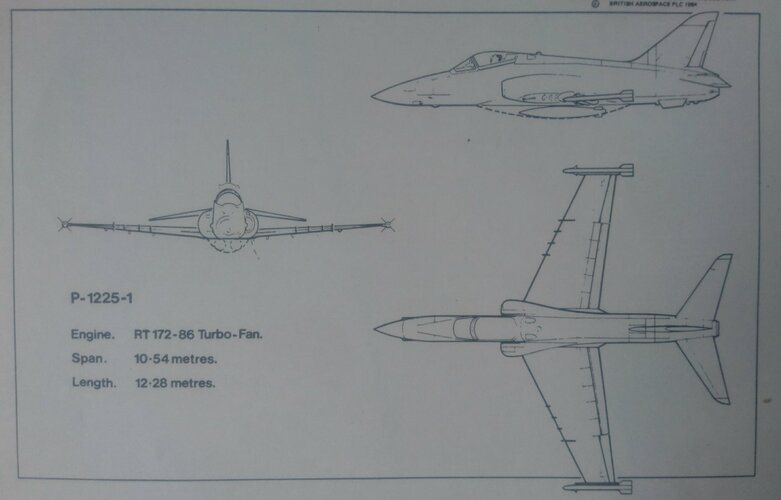- Joined
- 6 September 2006
- Messages
- 4,615
- Reaction score
- 8,595
Whilst searching Flightglobal for more on the Harrier III I came across a reference to the Hawk 2000. It was mentioned in the ASTOVL article in the 20-26 Feb 1991 magazine. Here is the
The article hints at engine upgrades and avionic closer to the EFA to serve as a LIFT and capture some of the F-5 and A-4 replacement markets.
Does anyone know any more about this planned variant or the BFTS programme?
"We're looking at something we call the Hawk 2000 for the potential market in the USA for the BFTS [bomber fighter training system programme.
The article hints at engine upgrades and avionic closer to the EFA to serve as a LIFT and capture some of the F-5 and A-4 replacement markets.
Does anyone know any more about this planned variant or the BFTS programme?







